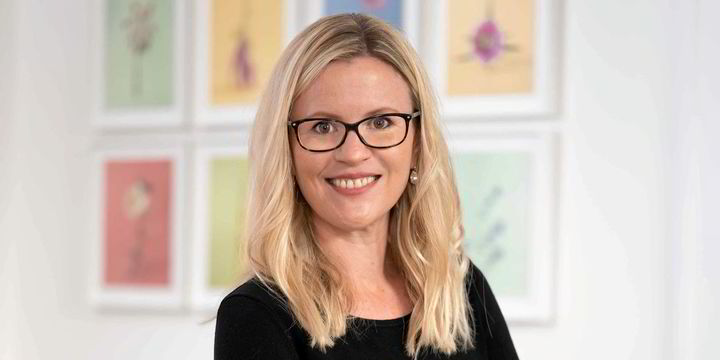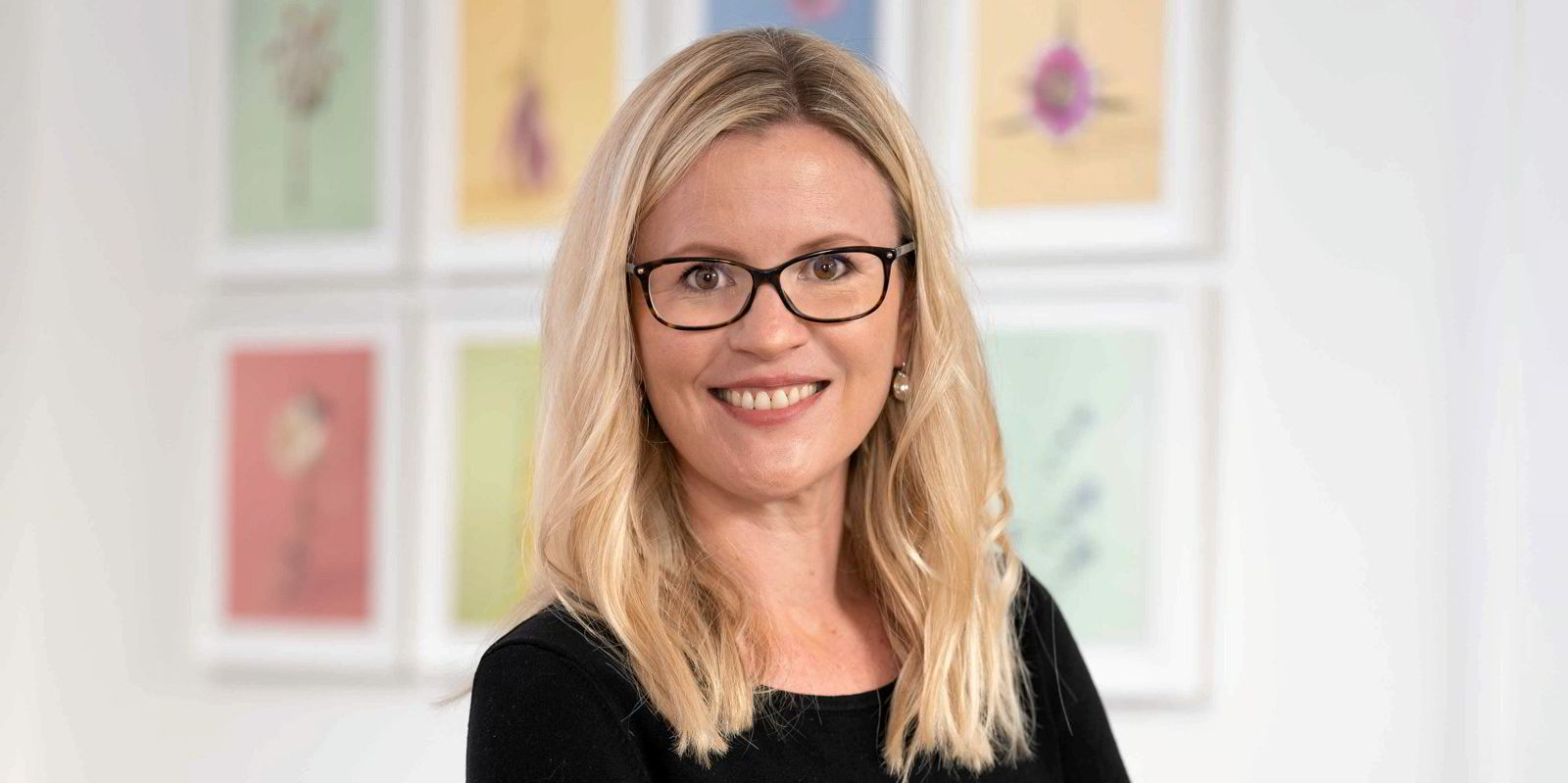Australia’s federal government is inviting industry to give feedback on the areas proposed for the 2023 offshore greenhouse gas storage acreage release.
The proposed acreage release areas are located three to 200 nautical miles off the Australian coastline and include the Bonaparte, Browse, Northern Carnarvon, Perth, Otway, Bass and Gippsland basins.
The Australian Government releases offshore areas for greenhouse gas storage (also known as carbon capture and storage). Public consultation informs areas that companies can apply for a permit to assess greenhouse gas storage potential.
Greenhouse gas storage is the permanent storage of compressed greenhouse gas in deep underground rock formations, also known as a basin. Permanently storing greenhouse gas will help Australia reduce emissions and achieve net zero by 2050.
The government said that the consultation process is an opportunity for companies to comment on nominated areas.
“We are seeking feedback from anyone who has an interest in a specific release area [or who] can provide information relevant to potential exploration and appraisal in that area,” the Canberra administration said.
Article continues below the advert
“The purpose of the consultation is to uncover any unforeseen impacts of future exploration and appraisal activities on other marine users like fishing or transport; sites that affect the environment, tourism or local communities; [or]areas that affect First Nations cultural heritage.”
The Minister for Resources will consider this feedback to inform final approval to release an area for industry to bid on for assessment permits. As a result of the consultation, areas may be reshaped or excluded from the bidding round.
The government noted that an area would not be included in the acreage release if any issues cannot be managed through regulatory approvals. The bidding phase will begin later this year, with a bidding window of three months.
The consultation period for this year’s offshore GHG storage acreage release is open until 30 June 2023.
The Australian Petroleum Production & Exploration Association (APPEA) hailed the planned released of new CCS acreage, while at the same time expressing disappointment that the gas-rich state of Queensland is not putting CCUS on the front-burner.
APPEA chief executive Samantha McCulloch said the federal government’s annual release of greenhouse gas storage acreage was a positive step in supporting the growing deployment of carbon, capture, utilisation and storage technology.
“Momentum is growing for carbon capture technology around the world, with places like the US and UK unveiling substantial incentives and programs to encourage investment,” she said.
“Australia must seize the extraordinary opportunity before it – for emissions reductions and economic benefits given the chance to create a new industry and jobs in a cleaner energy future.”
Some of the areas identified – the Bonaparte, Browse, Northern Carnarvon, Perth, Otway, Bass and Gippsland basins – are covered by nine Net Zero Zones (NZZ) proposed in a new APPEA report released last week.
The NZZ concept is based on shared infrastructure and promoting the net zero building blocks of CCUS, renewables, natural gas and low-carbon hydrogen production.
However, McCulloch said the oil and gas industry was disappointed with the just released Queensland New Industry Development Strategy, which omits CCUS technology from a list of targeted growth industries critical to the energy transformation to net zero.
“With its geological formations and gas infrastructure already in place, Queensland is well-placed to capitalise on the growth of CCUS technology around the world,” she said.
“Queensland has a strong understanding of extracting economic benefits from the gas industry and should be including CCUS in any plan to create a net zero economy.
“If not, it will miss out on not only emissions reductions, but the new investment and jobs CCUS can help deliver – adding to the 30,000 jobs already support along the state’s gas supply chain.”
The Net Zero Zones report showed how areas like Central Queensland and the Brisbane-Surat basin region in the south could house regional industrial and manufacturing hubs to accelerate emissions reductions and become magnets for new investment.

